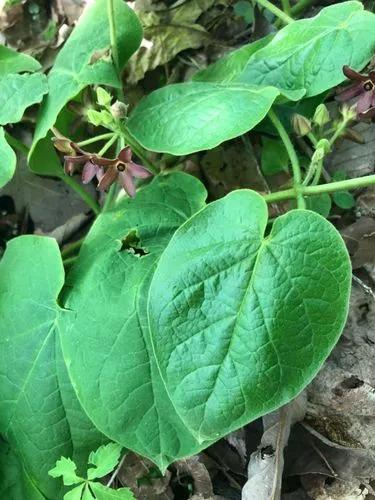Perennial herb 20-120 cm high, forming underground shoots - stolons - up to 20 cm long. Vegetative propagation is carried out with their help. Hemicryptophyte. The leaves are serrate, rough. The plant is characterized by heterophyllia: the upper leaves are lanceolate and oval, and the lower ones are serrated, deeply dissected. The rhizome is usually found in water or highly moist soil.Each flower gives rise to four nuts, combined into a single composite nut. Initially, all four nuts are attached to the ovary, as a result of which air chambers are formed. Thanks to them, nuts can be spread by water and wind (hydro- and anemochoria, respectively). The composite fruit breaks easily, crumbling into 4 separate nuts.
Gypsywort Care
Lycopus europaeus



The medicinal effect of the European zyuznik is due to the content of phenolic carboxylic acids (derivatives of hydroxy-cinnamic acid) in the plant. Their antigonadotropic and antithyroidism action has been experimentally proven. They also lower the content of prolactin in the blood (therefore mastodynia is treated with a European zyuznik).The ground parts of the plant, harvested before flowering, have a medicinal effect. The drugs obtained from them are used to treat hyperthyroidism and its secondary symptoms: nervousness, palpitations. They are also used for mastodynia. Treatment should not be interrupted suddenly, in addition, medications based on the European zyuznik are contraindicated in hyperthyroidism and an excess of thyroid hormones that are not accompanied by dysfunction.
This plant is useful.
How to Care for the Plant

Popularity

319 people already have this plant 81 people have added this plant to their wishlists
Discover more plants with the list below
Popular articles






